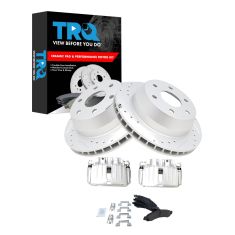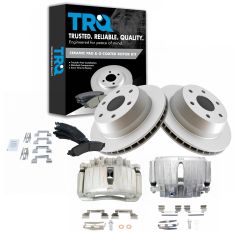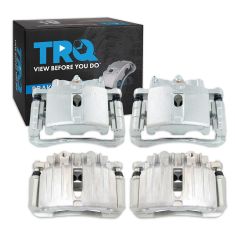1ABFS03442-Chevrolet GMC Cadillac Rear Ceramic Brake Pad & Rotor Kit with Calipers TRQ BKA14023

Replaces
2006 Chevrolet Silverado 1500 with Dual Piston Rear Calipers Rear Ceramic Brake Pad & Rotor Kit with Calipers TRQ BKA14023

Product Reviews
Loading reviews
There are no reviews for this item.
Customer Q&A
No questions have been asked about this item.
Chevrolet is a registered trademark of General Motors Company. 1A Auto is not affiliated with or sponsored by Chevrolet or General Motors Company.
See all trademarks.

















